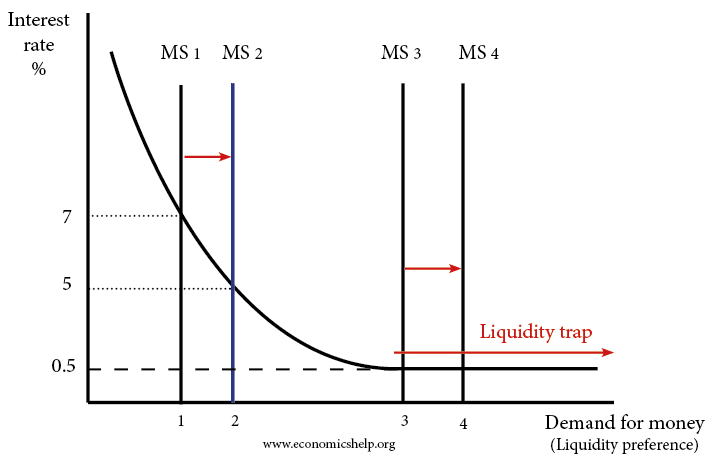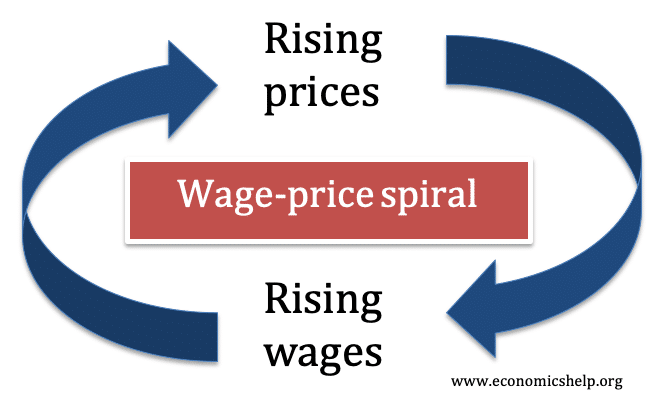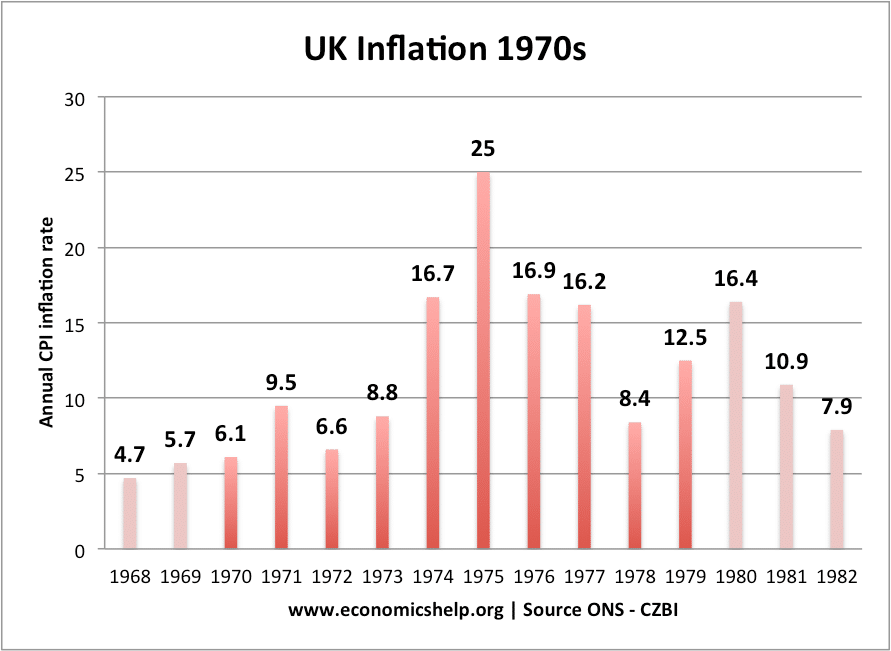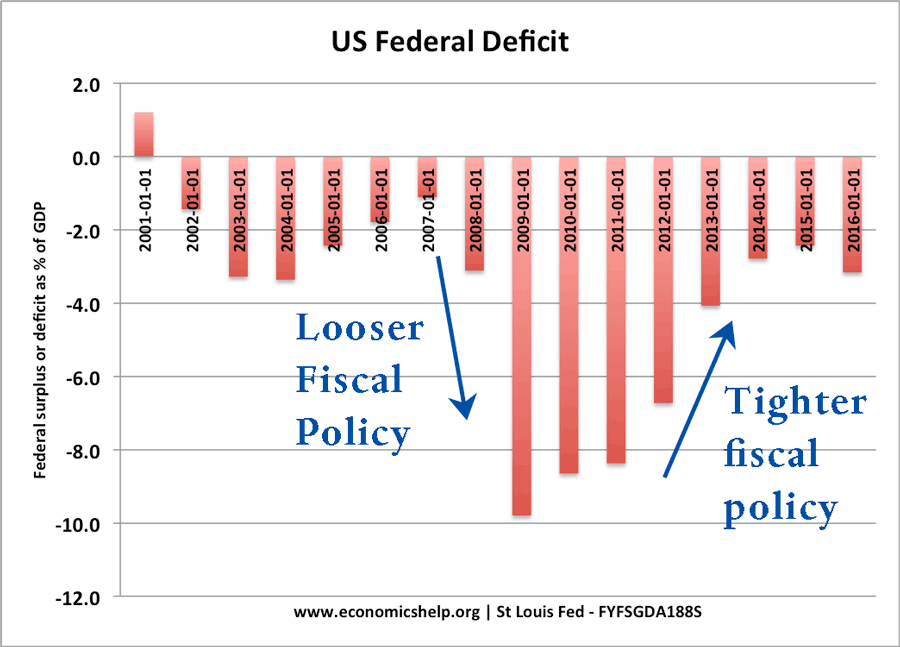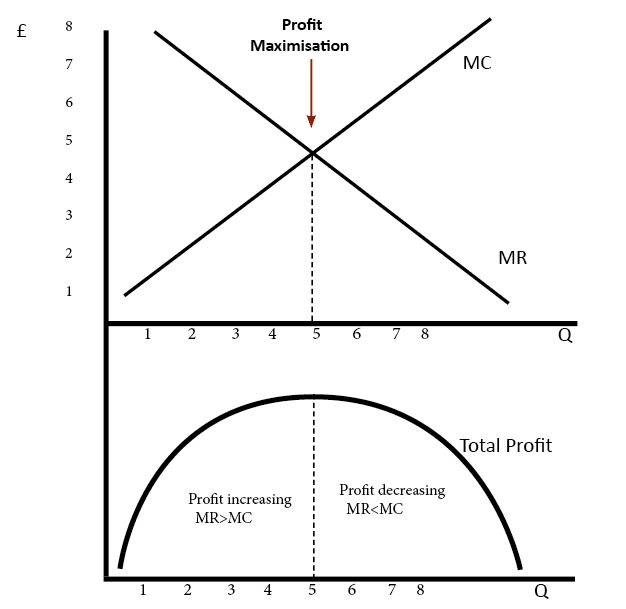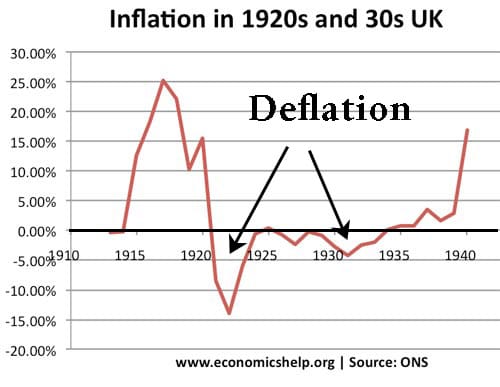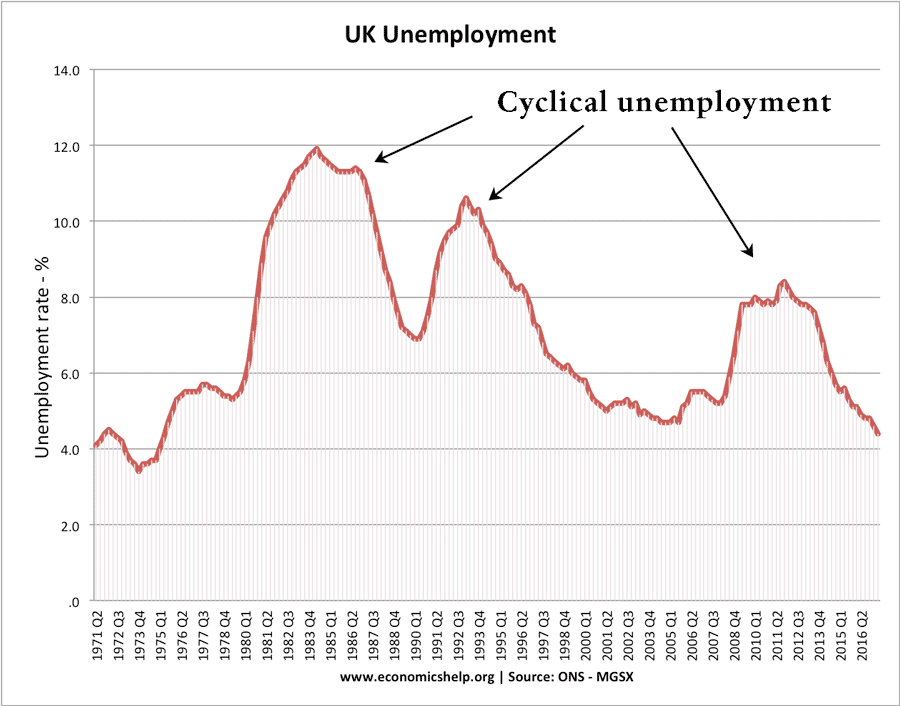Increasing the Money Supply
Readers Question: I’d like to ask you about routine ways (apart from so called “printing new money”) by which the total volume of money in the economy grows. The money supply measures the stock of money in the economy. A narrow definition of money (M0) includes the stock of notes/coins and operational deposits at Bank …

